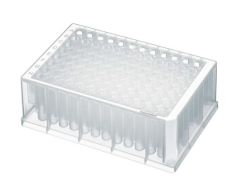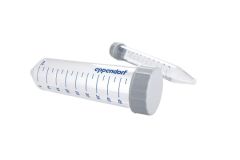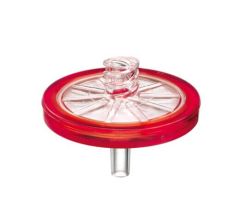Close
ROTHE BROTH (Glucose Broth with Azide) 500 grams/bottle
SKU
CDL/1238
Brand
CONDALAB
Pre-order (Deliver in 8 to 12 weeks)
Rothe Broth (Glucose Broth With Azide) is a selective medium recommended by Malmann and Seligmann for the quantification of enterococci in water, food and other materials suspect of being contaminated by waste waters. Enterococci are the best indicators of fecal contamination in water as Escherichia coli is very resistant to chloride.
The presence of enterococci is an indicator for fecal contamination, especially when it occurred a long time ago and the less resistant coliform bacteria, including Escherichia coli, may already be dead when the analysis is carried out.
Peptone mixture and Casein peptone provide nitrogen, vitamins, minerals and amino acids essential for growth. Glucose is the fermentable carbohydrate providing carbon and energy. Sodium chloride supplies essential electrolytes for transport and osmotic balance. The use of Sodium azide to selectively inhibit Gram-negative bacteria first appeared in the studies of EDWARDS (1938) on the isolation of Streptococcus agalactiae, it was later showed that Sodium azide can also be used for the isolation of enterococci from water.
Rothe Broth (Glucose Broth With Azide) is a selective medium recommended by Malmann and Seligmann for the quantification of enterococci in water, food and other materials suspect of being contaminated by waste waters. Enterococci are the best indicators of fecal contamination in water as Escherichia coli is very resistant to chloride.
The presence of enterococci is an indicator for fecal contamination, especially when it occurred a long time ago and the less resistant coliform bacteria, including Escherichia coli, may already be dead when the analysis is carried out.
Peptone mixture and Casein peptone provide nitrogen, vitamins, minerals and amino acids essential for growth. Glucose is the fermentable carbohydrate providing carbon and energy. Sodium chloride supplies essential electrolytes for transport and osmotic balance. The use of Sodium azide to selectively inhibit Gram-negative bacteria first appeared in the studies of EDWARDS (1938) on the isolation of Streptococcus agalactiae, it was later showed that Sodium azide can also be used for the isolation of enterococci from water.
| Brand | CONDALAB |
|---|
Write Your Own Review









Validate your login